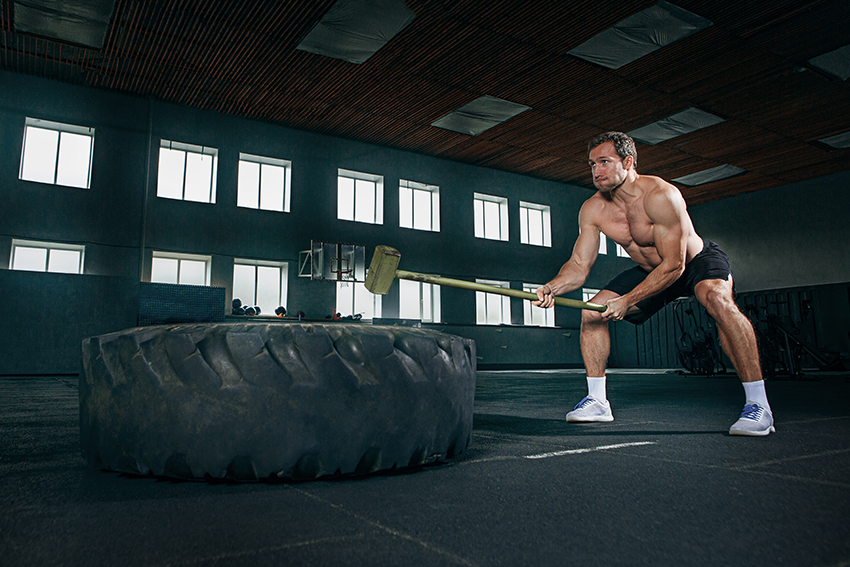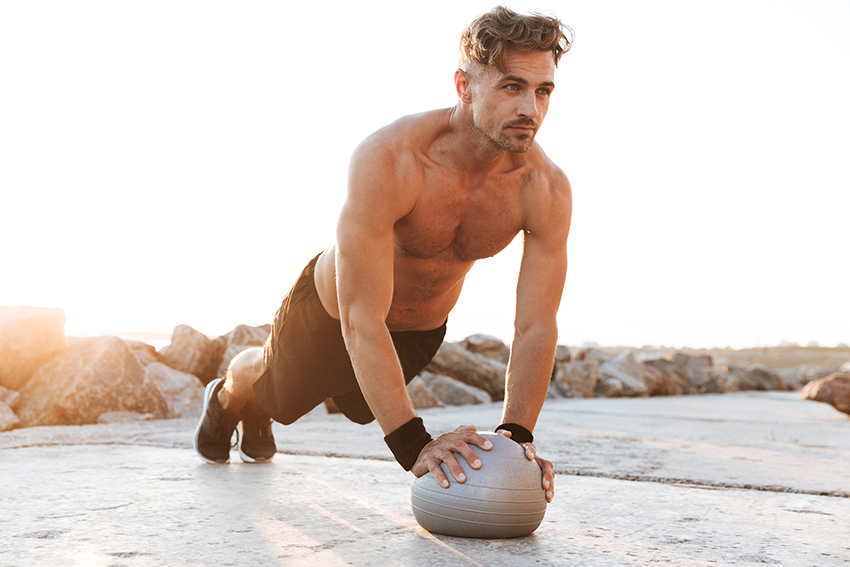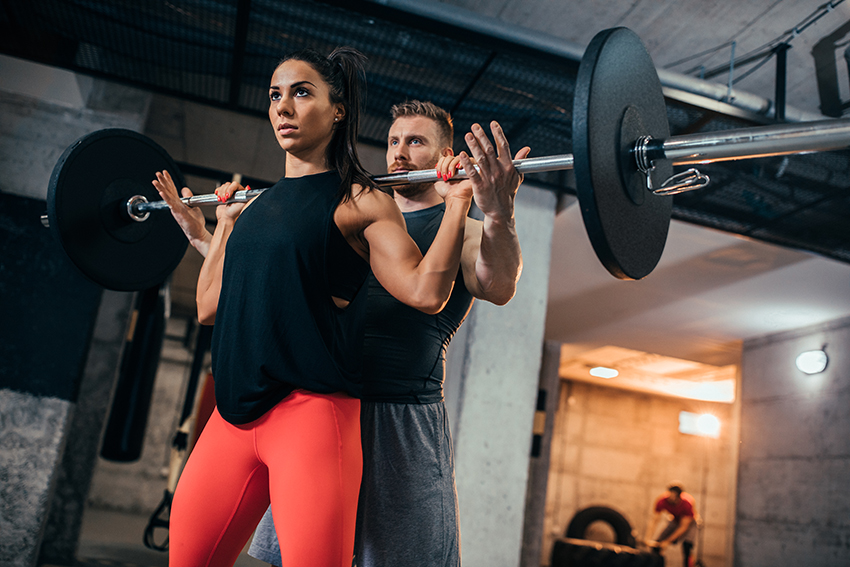Training
FUNCTIONAL TRAINING – WHAT IS IT REALLY & WHY IS IT IMPORTANT?
Functional training has seen a rise in popularity in recent years as more and more trainers and physical therapists are seen leaving behind conventional gyms with established equipment to start their own open concept training studios. Less of the expensive and wide-ranging equipment left more room for trainers to get creative with functional movement training concepts. This has given way to the birth of fitness studios and Crossfit gyms on every second corner trying to capitalize on this new-found popularity.
What exactly is functional training?
With no clear cut definition the crux of what I believe functional training to be is perfectly summed up in a powerful quote by renowned strength and conditioning coach Craig Edwards : ‘If you train patterns you won’t miss muscles, but if you train muscles you will miss patterns.’ In simpler terms functional training tries to emulate certain movement patterns that can be translated back to the sport or daily task that the athlete or individual is preparing to partake in. The problem with modern gyms are the over reliance on machines that isolate a joint or muscle to move in one specific motion or plane. This does not allow muscles to work in conjunction or in a certain pattern as the sequence should when on a sports field or during a daily task. Similar to this in the general sports and conditioning field there is a trend of over-reliance on body building exercises and methods to condition athletes in what we call a single plain of movement, or to be more specific, movement in the sagittal plane such as the case with your generic olympic lifts. The only people that should be training like a body builder are body builders!!! The body is a kinetic chain where everything is connected and as such the body should be trained or conditioned in such a way!
I tend to see too many athletes conditioned where benchmarks and testing for athletic performance are set by how heavy the athlete or individual can do these generic lifts. An example I come across in practice on a almost weekly basis is the over-reliance on how heavy certain athletes can squat, but when given instruction to do a simple single leg squat with no load whatsoever, the athlete is unable to do this task efficiently without compensating somewhere in the body’s kinetic chain; and as a result we see problems such as knees caving in or overworked hamstring muscles provoking lower back issues.

A leading expert in the field of functional training, Mike Reinolds – mikereinold.com, summarized what I believe to be the main characteristics of any functional training programme. He believes in functional stability training to optimize function of the body; by addressing incorrect movement patterns and to retrain for optimal function. This implies looking at how the body moves to access incorrect patterns that can be identified and if need be corrected, to then successfully transfer back into the sport or daily activity. Training in such a way will not only better prepare the athlete for the desired sport or task, but will have numerous benefits such as improved co ordination, strength and most importantly stability.
Why is functional stability so important?
Dr. Stuart McGill coined the term “Proximal stability for distal mobility”. This phrase fundamentally means that your core muscles acts as the powerhouse of your body! The stronger your powerhouse the more stable your base and as such the better your movement will be throughout the rest of your body. Always try and integrate the 3 main muscle groups that make up your core, the transverse abdominis, obliques and rectus abdominis, to effectively be able to brace the core! A more efficient brace will allow for better movement and resilience to injuries. Training your core muscles is not simply doing crunches or sit ups, try and incorporate exercises such as the side bridge or bird dog to engage all 3 main muscles!

Am I doing the correct functional training?
I see many examples all over social media of what people believe to be functional training. Simply standing on a bosu ball while squatting is not a functional exercise! Functional training should be exercises focusing on compound movements by engaging numerous parts of your body with efficiency. An example that is easy to digest is that of a sprinter; when exiting a starting block, the front leg produces significantly more velocity due to longer block contact than the rear leg and as such more ground reaction force is generated in the lead leg. If more force is generated by the leading leg it makes sense that the leg requires more strength to be able to generate the power to get out of the blocks quicker. With this in mind I think we can agree that more benefit can be gained from unilateral or single leg exercises such as a pistol squat as opposed to bilateral work, where a weaker leg or muscle group can be masked due to compensation of the stronger leg!

Always try and consider how an exercise can translate back to the specific skill or action you are trying to emulate! Lastly always try and add variability to these functional exercises as stressing the muscles in the same way continually, will form muscle memory in one direction. When these muscles are put under a different stress that it is not accustomed to your risk of injury is higher! This means the body changes in its design to deal with movement and as such variability in exercises challenges previous muscle memory or soft tissue patterns to continually form newer patterns. If you are doing the same set of generic exercises weekly, and not getting any results, find a new and creative approach of training smarter and more functional to your needs to ensure you are maximizing your potential!
Prometheuz Health offers a full range of Functional Training Supplements Online



Very interesting. A new way of looking at training. Informative. Thank you!
Thanks for the info, this will really help me plan my program for the future.